When information lives online, application must live in the mind.
That single reality changes everything about school.
For centuries, teachers have been seen as repositories of information, passing along the information that students need to know. Teachers deliver lessons, students absorb content, and success often means recall. In the past, without school, you had little access to information. But today, information is no longer scarce. It’s abundant, instant, and searchable. What once required memorization now takes seconds to access.
However, information is not knowledge. Knowledge emerges from connections made among that information, and applying that knowledge to real-world situations is the “human edge.”
I remember from my days in computer sciences, my master’s thesis project was developing a rudimentary artificial intelligence (AI) language. (The year was 1988 . . . and look at us now!) But . . . AI can simulate knowledge; it cannot own it. It can generate insights, but it cannot care about their implications. It can identify patterns, but it cannot attach values, empathy, or conscience. AI is not human, and the world will always need “the human edge.”
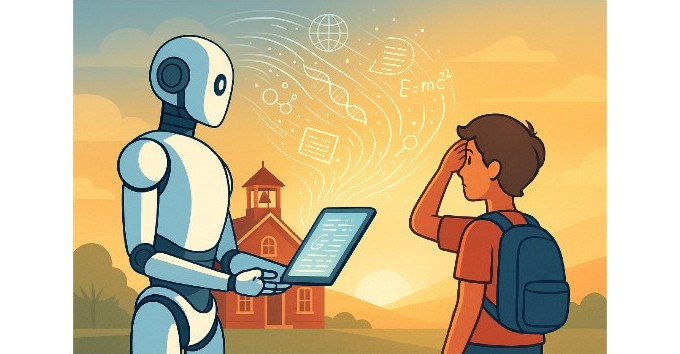
That’s where schooling must evolve: from teaching what can be automated to cultivating what cannot. If AI can deliver information, educators must create experiences where students apply, discern, and innovate. The long-held view of schools and teachers as repositories of information must give way to classrooms where students are actively engaged in solving real-world problems … situations that motivate them to learn academic, standards-driven content! Those of you who know me well may be thinking, that’s her Learner-Active, Technology-Infused Classroom and Future-Powered Kindergarten approaches. Yes yes yes! And it was what John Dewey was calling for at the turn of the century (two centuries ago!!!!).

The Information Shift
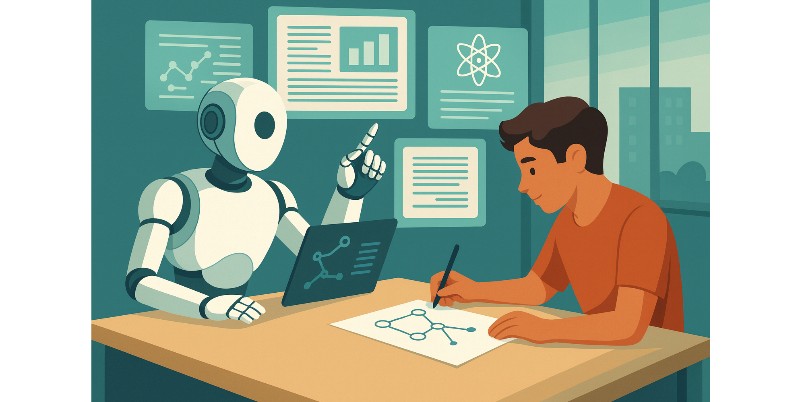
AI has democratized access to information. It retrieves, synthesizes, and generates explanations faster than any human can. But while AI can assemble information, humans must still determine which ideas matter and why.
The purpose of schooling, then, is no longer to transfer information, but to foster the capacity to use it wisely. Problem-based curricula do exactly that. They place students in real-world dilemmas that demand inquiry, collaboration, and decision making, even at the youngest ages. Students learn content because they need it, not because it’s scheduled; they strengthen executive function as they plan, prioritize, analyze, and reflect. Learning becomes purposeful, not procedural.
The Economic and Human Imperative
The World Economic Forum’s Future of Jobs Report 2025 highlights analytical thinking, complex problem solving, and creativity as being among the most essential skills for the emerging workforce. Notice that none of these are content-specific; they’re human-thinking competencies.
As automation expands, jobs are becoming less about executing known procedures and more about designing unknown solutions. The workplace has already become problem-based. It’s our schools that need to catch up. When students regularly confront authentic problems to solve, they learn to navigate ambiguity, manage their own learning, and apply academic knowledge with purpose. That’s not a trend; it’s an imperative.

Redefining the Role of the Teacher
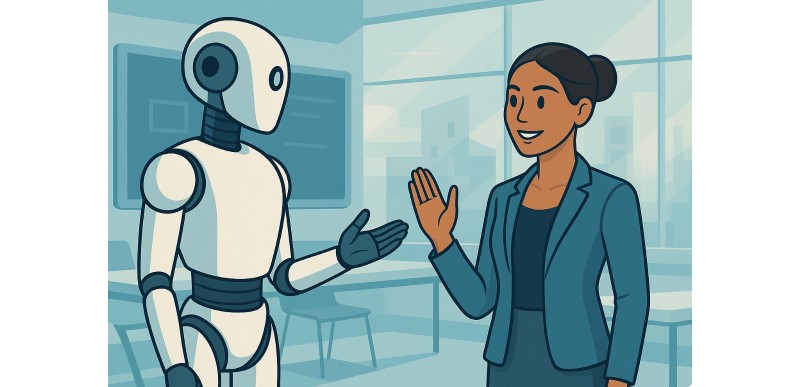
Problem-based learning repositions teachers as designers of learning experiences and facilitators of thinking and application. Rather than delivering information, they orchestrate environments for content application: curating resources, guiding reflection, and supporting productive struggle. In that context, assessment becomes a mirror, not a scoreboard. Teachers observe learning as it unfolds and use what they see to guide next steps.
This isn’t about replacing teaching with technology; it’s about redefining teaching for a world where technology can handle the basics.
The Neurology of Application
Every time students analyze, plan, self-monitor, or revise within a problem context, they are strengthening executive function: the foundation of academic achievement. These neural pathways develop through meaningful, sustained effort. Worksheets can’t do that; authentic problem solving can.
Problem-based curricula, then, aren’t just more engaging; they’re more neurologically sound. They build the brain’s ability to self-direct, persist, and adapt, which are the hallmarks of efficacy and student agency.
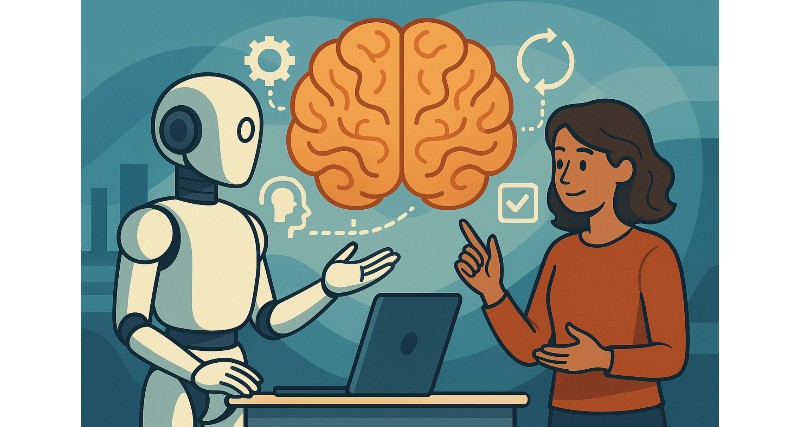
From Standards to Situations
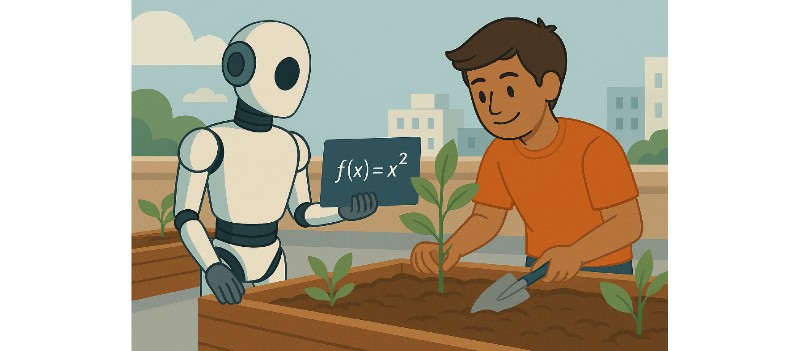
Academic standards remain essential; however, they must be reframed as tools and not stand-alone targets. The world’s challenges — from climate change to cybersecurity to public health — don’t come labeled by subject area. They require integrated thinking and problem solving, using the tools of the content of the standards.
When students use algebra to model stormwater runoff or literature to explore empathy in policymaking, they’re not departing from the curriculum; they’re embodying it.
And, as alluded to earlier, problem-based learning builds a “felt need” to learn content. Launching a unit of study with a real-world problem or situation drives students into the standards-based content.
A problem-based curriculum helps teachers reframe instruction to prioritize building the skills students will need in the future while tackling the standards.
Time to Boldly Reimagine
If AI can teach what we used to, then educators must teach what AI cannot: curiosity, creativity, conscience, and connection. The measure of schooling can no longer be coverage; it must be contribution.
The future is already problem-based. It’s time the curriculum caught up.
(images by ChatGPT; content by me!)
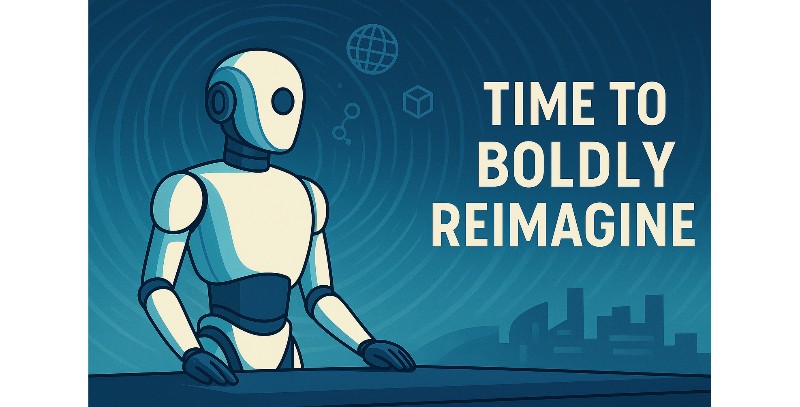
1) Teachers need to become comfortable with teaching through problem-based learning and, thus, writing curricula that is problem-based. We’ve just launched our latest online, on-demand Professional Learning Experience (PLE) on “Teaching Through the 6 Ps of PBL.” For information on our school-wide/district-wide approach to creating a culture of professional learning, contact Nicole (Nik) Koch at solutions@idecorp.com.

2) For more details on problem-based curriculum design, see my blogpost, “Designing Authentic Curricula.” If you’re looking for help in designing a problem-based curriculum, it’s what we do! Contact Nik!
